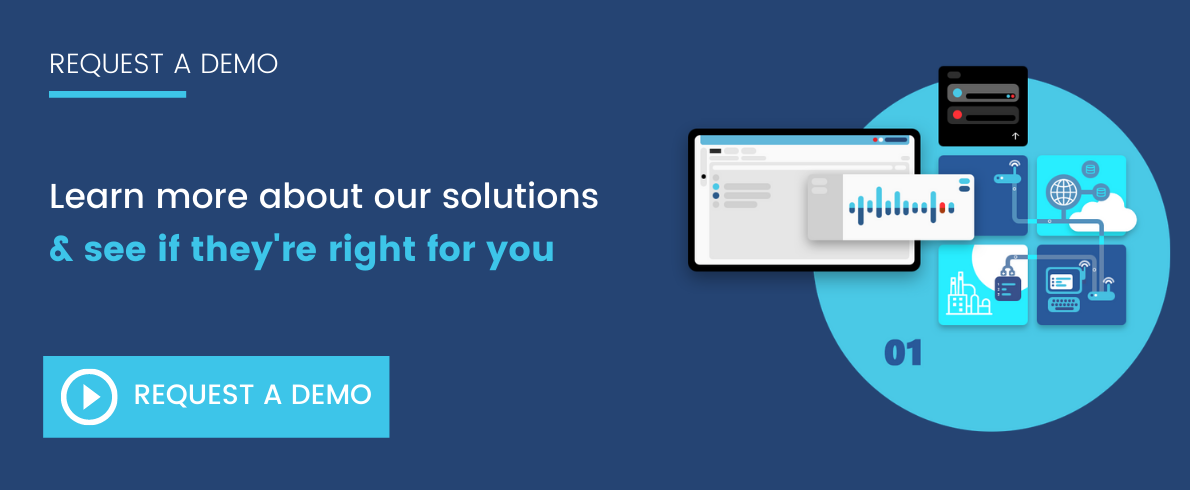Long-range planning is an effective way of aligning the organization’s activities with a strategic plan and helping preempt those situations that could threaten its business model and success.
What Is Long-Range Planning?
Long-range planning can be defined as the processes used to implement an organization’s strategic plan. It’s about aligning the business’ long-term goals and developing action plans in line with the strategic plan.
Depending upon the type of business, the time scale for long-range plans can vary from three years through to one or two decades. This is particularly the case for organizations such as utilities, large-scale high-tech manufacturers, chemical plants and research companies where the time and costs associated with investments is such that plants take years to build and returns are measured over long periods.
Short-term planning deals with the here and now. Medium-term plans address actions intended to permanently resolve short-term issues. Long-range planning is about changing the direction of the organization to meet its long-term goals and insulate it from the upheavals that periodically affect the economy.
The History of Long-Range Planning
During the 1950s and 1960s, the economy was stable and growing. Organizations experienced substantial growth, and planners started using numerical theory to extrapolate growth predictions. However, the landscape changed in the ‘70s, and the economy suffered an upheaval due to the US’s inability to maintain the gold standard. Static long-range strategies of the time could not cope with these upheavals, and many but not all businesses abandoned long-term planning for some time.
Subsequently, a number of events caused further economic instability, including the 1973 oil crisis, the 2008 housing bubble and banking crisis, and more recently, the impact of trade wars. Despite this, savvy organizations adopted long-range planning strategies intended to cushion the business from unpredictable upheaval through techniques, such as the SWOT analysis (Strengths, Weaknesses, Opportunities and Threats), and planned accordingly.
The Relationship Between Strategic Planning and the Long-Range Plan
Strategic planning is a structured process, usually carried out by the executive, which determines long-term organizational goals. During this process, executives analyze the organization’s current business and determine though various processes a strategic view of what they believe the organization should become.
The final strategic plan will usually consist of a number of statements and goals of what the organization should focus on, how they believe it should look, what markets they should be in and anticipated financial performance.
None of those goals are directly actionable, and this is where the long-range plan comes in, as it contains the steps and actions needed to achieve strategic plan goals.
Avoiding Confusion Between Long-Range, Tactical, Operation and Short-Term Planning
There are many different planning terms in use, and a degree of confusion is almost inevitable. Depending on the author, specific terms mean different things, and, in many instances, definitions are used interchangeably.
In this blog, the long-range planning definition refers to those longer-term actions necessary to implement long-range strategic planning. These actions usually have a time horizon of more than three years. The focus of tactical planning is the short-term or, at most, the medium-term. Plans are funded by the current budget and intended to help the organization achieve its short- and medium-term goals, which will also include immediate actions intended to align the organization with its strategic plan. In this context, tactical planning and operation planning have much in common.

Characteristics of Long-Range Planning
If not already stated in the strategic plan, a long-range plan should start with a statement of the organization’s mission and vision. The mission statement defines the reason the business exists, such as to become a leading manufacturer of high-quality consumer goods. The vision statement is more specific in that it defines time horizons, anticipated sales volumes, profitability and other specific measurable targets.
A key purpose of the long-range plan is to avoid random, non-specific growth and focus the organization’s skills toward those areas where it excels, such as making high-quality consumer goods. It’s this process that often guides an organization to sell off non-core activities that distract from the overall goal of the organization. So, typically, the long-range plan will focus on identifying the organization’s key strengths and what it’s good at with specific plans to grow the business in that direction.
Techniques for Focusing Long-Range Thinking
Most companies are good at short-term planning and often have excellent strategic plans but fail in the implementation. According to an article in the Harvard Business Review on long-term success, it’s because they don’t adequately focus on how to bring those new ideas and technologies onboard. Here are four techniques that help focus long-range thinking.
Forecasting
Long-range planning activities and goals need to be specific. Actions should be deliberate and focused, not rough cut or vague. At the same time, they need to recognize the realties and vagaries of business life. The environment will change and plans should not be immutable, but amended as and when necessary.
Handle uncertainty and unexpected change
The planning process should take into account risk and structural uncertainties. There are certain events that are simply unknowable, until they happen. To the extent that’s it possible, plans should be flexible and robust enough to handle risk. Take small bites and don’t expose your organization to unnecessary risk. Use sophisticated analytics to determine the most appropriate business decisions to achieve your strategic goals.
Understand whether specific goals and targets are realistic
Set targets that are feasible and realistic. Don’t be tempted to follow your gut by making grandiose plans which can never succeed. Test all decisions using decision support software, such as prescriptive analytics, that allows you to model how your business works.
Optimize long-range planning practices
It’s important to think holistically, ensure you have adequate decision support software and have integrated your long-range planning with your budgeting process to avoid conflict and unrealistic goals.

Examples of Long-Range Planning
While many businesses are wary of long-range planning, others embrace it. Ferrari went from being a joke in Formula 1 to becoming its undisputed leader through implementing a bold and ambitious long-range plan. Companies such as BASF, VW and Nestle adopted 10-year and longer strategies and outperformed many of their industrial peers. Others used sophisticated optimization techniques to determine future plant investment strategies, while a large UK water utility, Yorkshire Water Services, used prescriptive analytics to develop a long-term risk model.
Long-Range Planning: Bridging the Gap Between the Present and the Future
Long-range planning is key to bridging the gap between where your organization is and where you want it to go. Starting with strategic planning, it’s an effective technique for designing and implementing effective plans to take the organization down the road to the future.
While many companies are hesitant about long-range planning, thanks to ongoing economic disruption, others have discovered that a systematic approach supported by sophisticated analytics works. This allows them to understand and balance risk, and identify the best decisions to take them toward their strategic goals.




